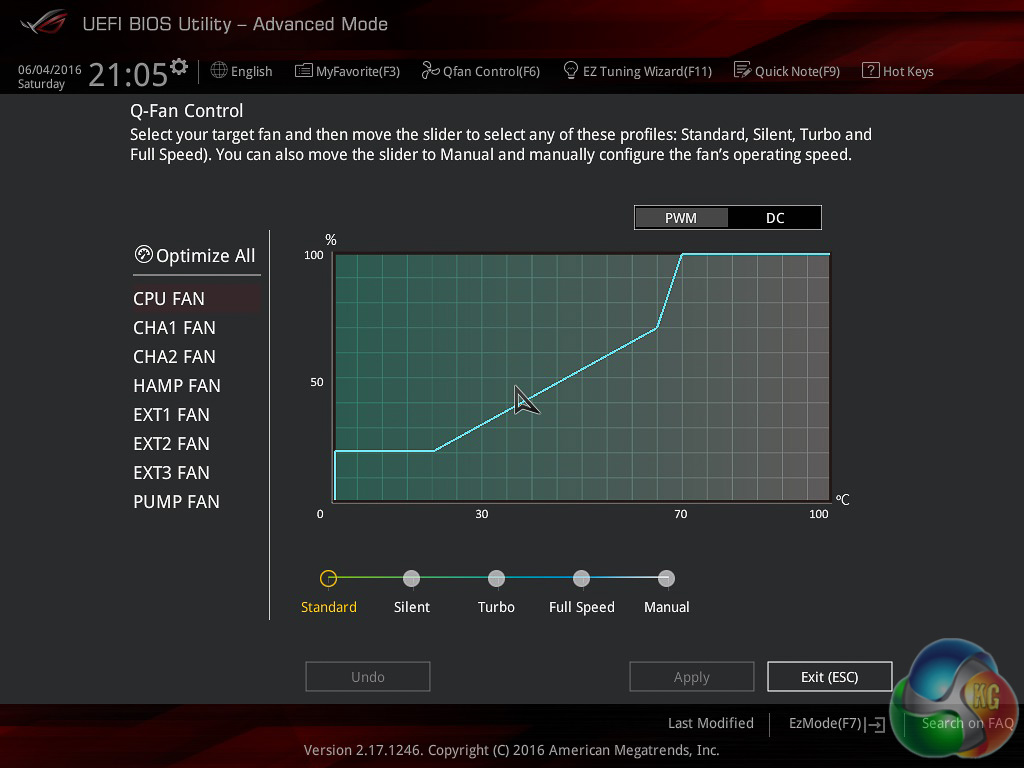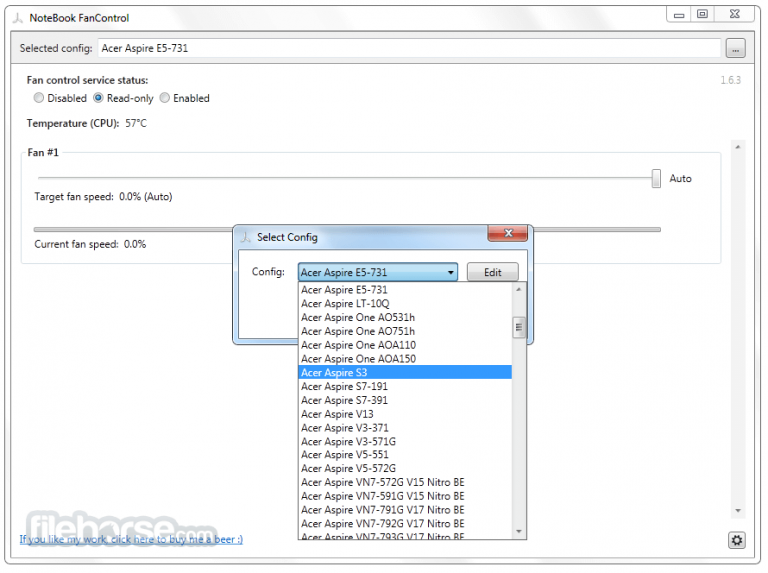

I was playing Elden Ring at 4K resolution with high settings, and it was running at about at 30–40FPS which is far from a bad result for this kind of hardware. You can connect an external monitor along with a mouse and keyboard, and play games with much higher settings.

This is an external GPU dock, meaning it lets you connect a much more powerful graphics card - up to an Nvidia GeForce RTX 4090 Laptop, in the latest model - and it also gives you a lot more ports. Of course, it's still a laptop processor with integrated graphics, but if you want a more serious desktop gaming experience, there's the Asus ROG XG Mobile. There isn't a lot I can say about performance based on this short hands-on time, but this is pretty fast hardware. Note: For the Fan profile on Gaming laptops (ROG/TUF series), please refer to the Armoury Crate introduction. A nice way to visually inspect temps is with gkrellm. Now to run fan control, type: sudo /usr/sbin/fancontrol &. Finally, run sensors -s to make your fan configuration take effect. With a screen this small, you can play games at 720p and not notice a big difference, and with upscaling, I didn't see anything that looked subpar. Fan profile allows users to select the fan speed for different workloads with having a quiet operating environment through a balance between temperature and performance. and work your way through the instructions there. It was running at high settings and 720p resolution, with Radeon Super Resolution enabled to increase the sharpness. There weren't a ton of games for us to try at the show, but I did get to play Ghostrunner, a fairly intense and fast 2020 slasher, and it was all pretty smooth.


 0 kommentar(er)
0 kommentar(er)
